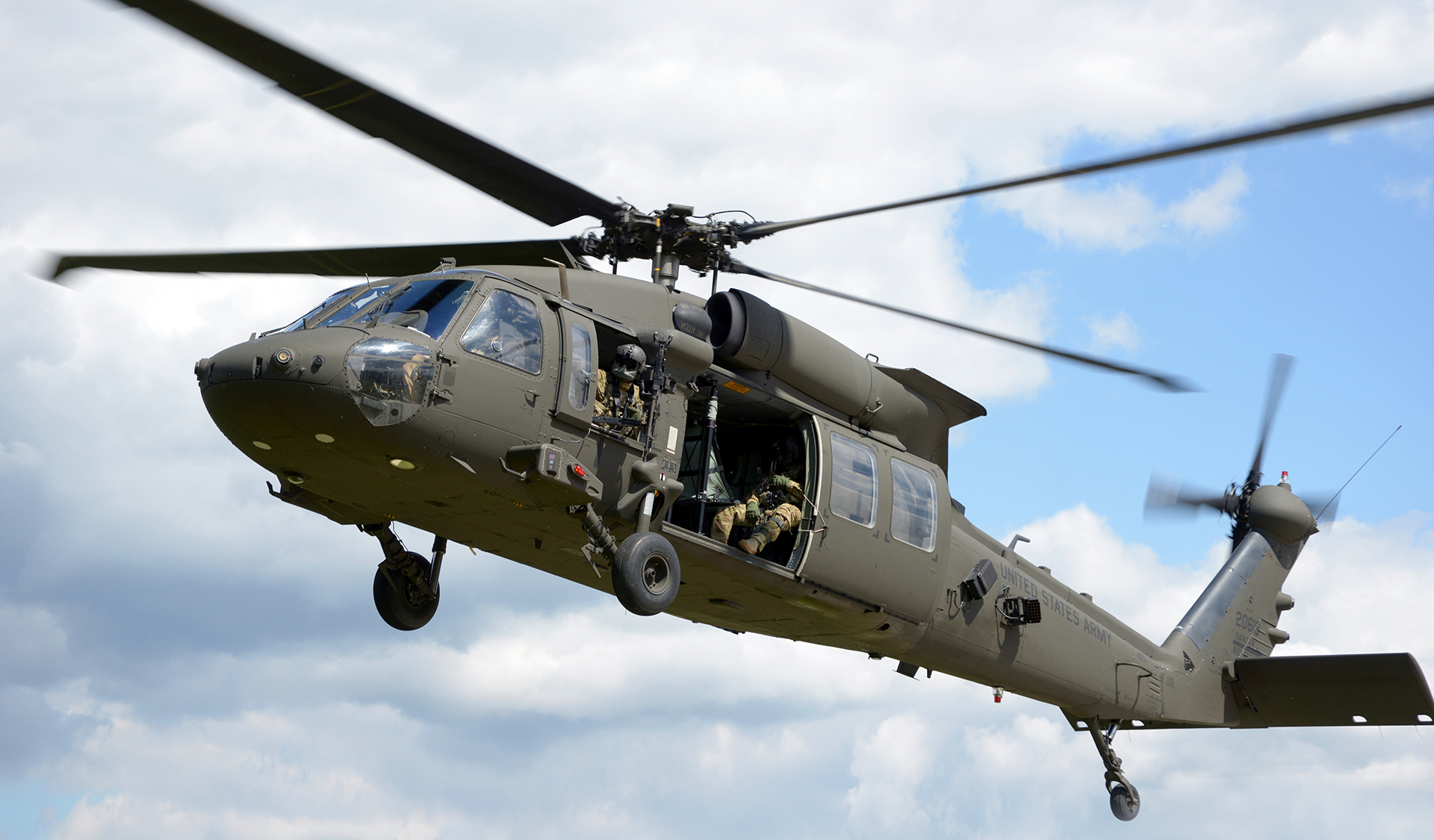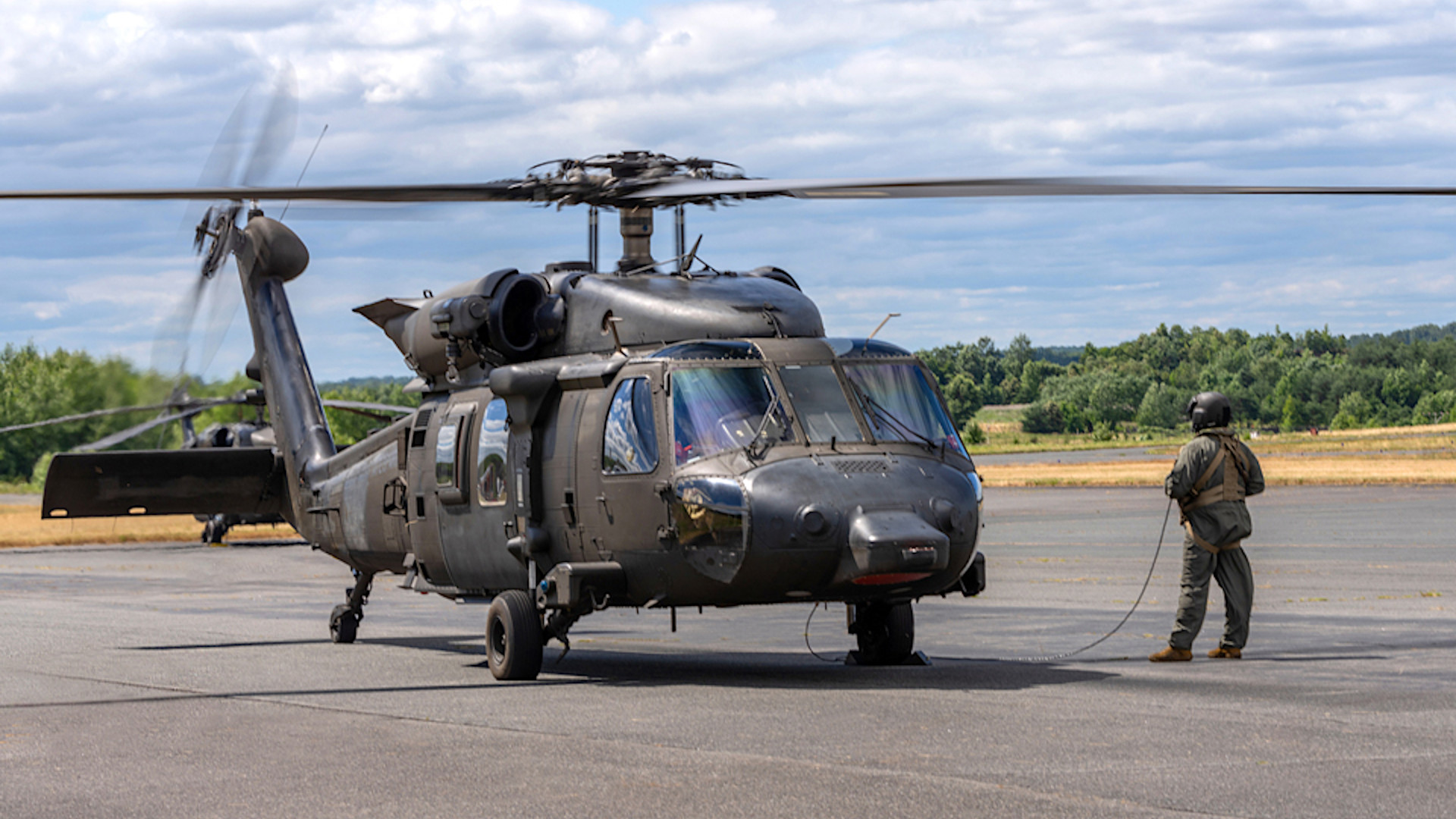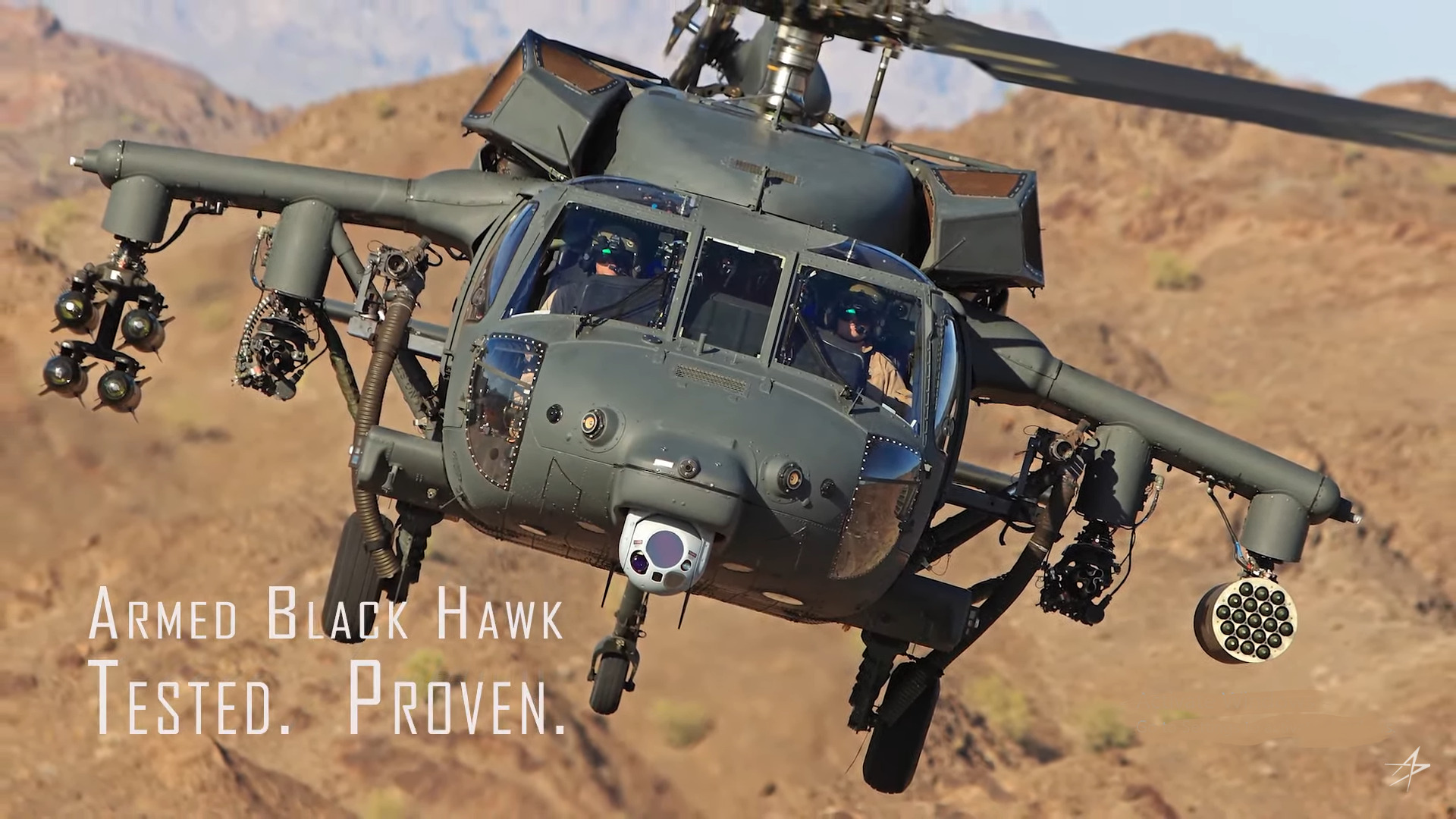Exploring the UH 60: A Look at Its Design, History, and Role in the Armed Forces
Exploring the UH 60: A Look at Its Design, History, and Role in the Armed Forces
Blog Article
Every Little Thing You Need to Learn About the UH 60 Helicopter
The UH-60 helicopter, a cornerstone of united state Military aeronautics since its debut in 1979, represents a remarkable mix of engineering and functional convenience. Understood for its outstanding rate and array, the UH-60 has been adapted for different goals, from troop transportation to clinical evacuation. As army needs advance, so too does the helicopter, with ongoing improvements targeted at enhancing its capabilities and integrating modern technologies. To completely value the significance of the UH-60 in modern army procedures, one should consider its history, layout, and the future developments that might redefine its duty.
History of the UH-60
Established in the late 1970s, the UH-60 Black Hawk helicopter arised as an action to the united state Military's need for a flexible energy helicopter that can execute a variety of missions under tough problems. The impetus for its design was the imperfections identified in the earlier helicopters made use of during the Vietnam Battle, specifically in regards to maneuverability, survivability, and rate.
The Black Hawk was created by Sikorsky Aircraft, integrating innovative modern technologies and products to boost its efficiency and longevity. It was officially presented right into solution in 1979, promptly coming to be a critical property for army procedures - uh 60. Its capacity to move soldiers, medical discharge, and logistical assistance in both fight and humanitarian missions made the Black Hawk an important part of the united state Army's air travel fleet
Throughout the decades, the UH-60 has been continually upgraded, adjusting to the transforming nature of warfare and the advancing requirements of contemporary armed forces procedures. Its functional history consists of participation in significant disputes, peacekeeping goals, and disaster alleviation initiatives, solidifying its online reputation as a trusted and efficient helicopter in various atmospheres worldwide.

Design and Requirements
The style of the UH-60 Black Hawk helicopter constantly mirrors a dedication to operational efficiency and adaptability. Established by Sikorsky Airplane, this medium-lift utility helicopter features a streamlined, wind resistant fuselage that improves speed and maneuverability. Its tandem blades system, characterized by 2 counter-rotating blades, lessens vibration and raises lift ability, permitting more secure procedures in diverse environments.
The UH-60 is powered by 2 T700-GE-701C turboshaft engines, offering a maximum speed of around 180 knots and an array of around 400 maritime miles. Its durable airframe is created from innovative composite products, guaranteeing durability while maintaining a fairly reduced weight. The helicopter has an optimum gross weight of about 22,000 extra pounds, supporting a functional payload setup.

Duties and Missions
A versatile platform, the UH-60 Black Hawk helicopter serves a wide range of duties and goals within armed forces procedures. Created primarily for troop transportation, it is capable of bring approximately 11 soldiers, making it an important possession for fast release and logistical support.
In enhancement to troop transport, the UH-60 masters clinical evacuation (MEDEVAC) goals, furnished with innovative medical equipment to give critical care throughout transportation. Its ability to operate in varied atmospheres improves its performance in battle search and rescue (CSAR) operations, where speedy extraction of employees is vital.
The helicopter likewise plays a significant function in reconnaissance and security objectives, utilizing onboard sensing units and devices to collect knowledge. Its flexibility expands to logistical support, qualified of delivering supplies and devices to forward operating bases.
In fight procedures, the UH-60 can be outfitted with various tool systems, allowing it to provide close air assistance. Its multi-role capacity makes the Black Hawk a vital device for modern-day army pressures, adjusting perfectly to the developing demands of combat zone circumstances and guaranteeing mission success throughout an array of operational contexts.
Efficiency and Capabilities
Recognized for its durable efficiency, the UH-60 Black Hawk helicopter boasts excellent capabilities that enhance its functional effectiveness throughout various missions. uh 60. This multi-role aircraft is geared up with powerful twin-engine Turbomeca Arriel 1D1 engines, providing extraordinary rate and ability to move, with a maximum cruise ship rate of roughly 150 knots and a functional range of around 400 nautical miles
The Black Hawk's advanced avionics and fly-by-wire control systems dramatically enhance flight safety and handling, enabling it to run in diverse settings, including negative climate condition. Its adaptability is additional exemplified by its ability to carry check my source up to 11 fully equipped troops or a haul of about 8,000 extra pounds, making it optimal for army transport, medical evacuation, and logistical assistance objectives.
Additionally, the UH-60 is developed for survivability, including strengthened airframes, ballistic security for team and passengers, and advanced countermeasure systems to escape risks. The helicopter's dexterity and speed, integrated with its capacity for rapid implementation, make it an essential possession in contemporary army procedures, making certain that it stays an essential aspect of tactical air assistance and combat great site zone mobility.
Future Developments

One substantial emphasis is the integration of innovative avionics systems, which will boost situational awareness with boosted navigating and communication capabilities. This includes the possible usage of expert system to assist pilots in decision-making and mission planning.
Additionally, future variants may integrate sophisticated products and layout attributes to bolster the helicopter's toughness and minimize its radar trademark, improving survivability in opposed environments.
The introduction of hybrid-electric propulsion systems is likewise on the perspective, aiming to improve gas effectiveness and reduce logistical concerns. Such advancements could expand functional range and minimize the helicopter's ecological impact.

Conclusion
The UH-60 helicopter stands for a significant innovation in military air travel given that its introduction in 1979. Its robust style, functional capabilities, and continuous upgrades ensure its relevance in different operational roles, including troop transportation and medical discharge. As technology advances, pop over to this web-site future advancements will likely enhance its efficiency through the integration of expert system and hybrid-electric systems. The UH-60's sustaining presence underscores its crucial role in modern-day army procedures and highlights the ongoing evolution of army air travel modern technology.
The UH-60 helicopter, a foundation of U.S. Army aviation because its launching in 1979, stands for an impressive blend of engineering and functional convenience. As army requirements progress, so as well does the helicopter, with continuous advancements intended at improving its capacities and incorporating modern-day innovations.The design of the UH-60 Black Hawk helicopter regularly reflects a dedication to operational performance and versatility. Created by Sikorsky Airplane, this medium-lift energy helicopter includes a sleek, wind resistant body that boosts rate and maneuverability.The UH-60 helicopter stands for a considerable advancement in army aeronautics because its introduction in 1979.
Report this page